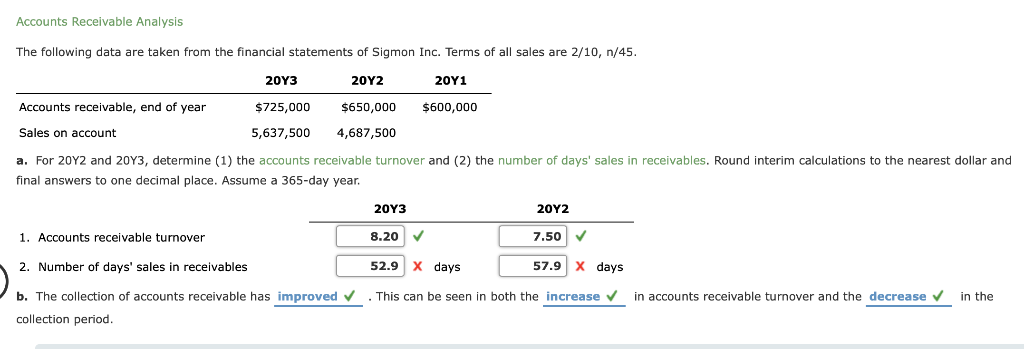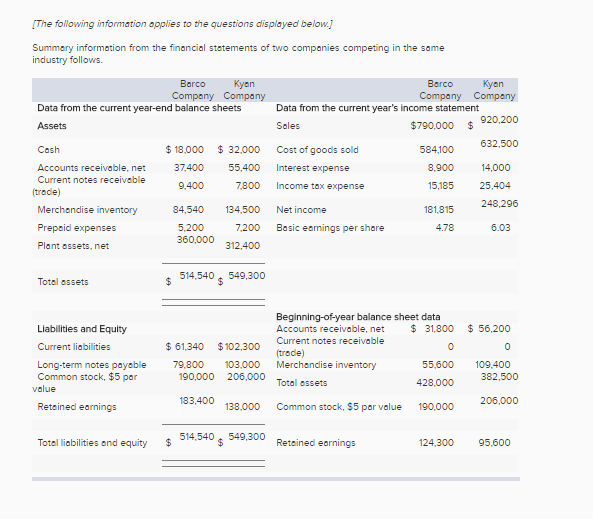

Billing records when a good or service is sold, to who, for how much, and when it’s due. You’ll also be able to use this information to plan and forecast the amount of inventory your business will be needing in the future. If your business sells merchandise, billing helps you keep track of how much inventory is actually available for sale, whether or not the client order has been fulfilled. However, there are many other purposes and benefits of billing, that include: The most basic use of billing is to keep a record of all sales that happen within the business.
Standard accounts receivable terms in food industry how to#
You can learn more about the elements of an invoice and how to create one from scratch by heading over to our guide on how to make an invoice.

More specifically, an invoice includes the name of the product a buyer purchases, the products’ pricing and payment terms, and the buyer and seller contact information. An invoice is the commercial document businesses use to request payment and record sales. The Billing Process in Accounting (3 Main Steps)īilling is defined as the step-by-step process of requesting payment from customers by issuing invoices.In this guide, we will be going over what billing means, why it’s important, the step-by-step billing process, along everything else you need to know about billing for your small business accounting. The standard accounting definition of billing describes it as the process of generating invoices for customers on a recurring or one-time basis, depending on the type of pricing plan that a customer has chosen. Most of us are likely to be familiar with the term ‘billing’ owing to its use in everyday speech.īut if you’re running your own business, it’s essential to delve into a more technical understanding of the concept.


 0 kommentar(er)
0 kommentar(er)
